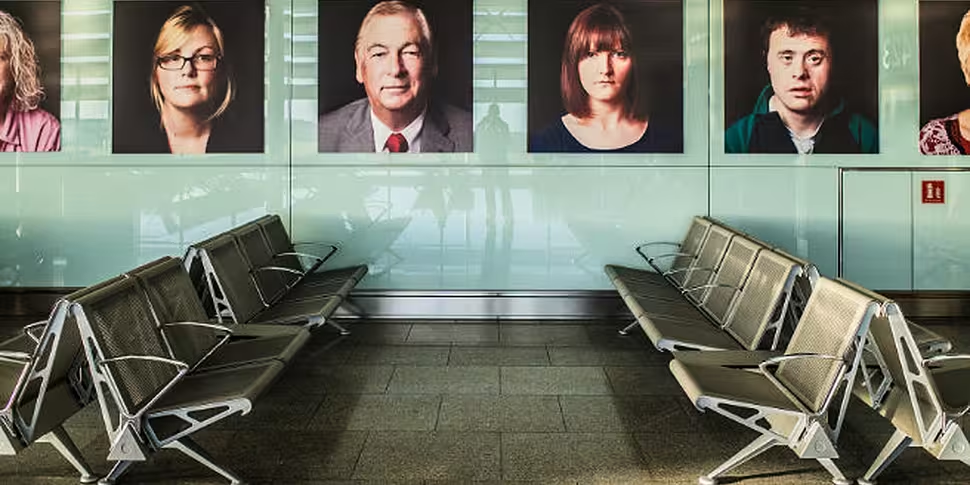When Ryanair expresses its public support for significant new infrastructure at Dublin Airport, you can be certain that things are getting very congested there.
And the most significant piece of new infrastructure required is a new parallel runway 1.6 kilometers to the north of its existing counterpart.
Yesterday’s confirmation by Aer Lingus that the first stage of what might be termed the IAG ownership dividend would begin as early as next Spring with three new transatlantic routes, will increase pressure on Dublin Airport’s capacity for take-offs and landings and on the airfield generally.
So too will any agreement with Ryanair to feed additional short-haul services into Aer Lingus’s transatlantic services, as is currently being discussed.
You could say the airport is a victim of its own success. It has enjoyed a strong recovery after the sharp traffic and passenger falls of the recession and is fulfilling its long-held objective of transforming Dublin into a secondary hub airport and attracting significant numbers of transit passengers en route to other final destinations.
The principal pressure point is not the capacity of the runway over a twenty- four, or even a sixteen-hour period; it’s the two or three hour slot between 6am and 9am when Aer Lingus and Ryanair, in particular, need to get the first wave of short-haul planes into the air and when an increasing number of long-haul aircraft are trying to land.
Recent work with both the air traffic control authorities and with the airlines has pushed the hourly capacity of the runway in this key window close to its maximum 50 movements per hour, so the only way of increasing capacity during this vital period, is to build a new runway.
This presents an interesting dilemma for the airport authority, daa: whether to utilise its existing planning permission for a second runway, obtained in 2007 and which is due to expire in two years’ time, or whether to submit a new application that would deliver much greater operational benefits but run the risk of delays associated with the planning system.
The trouble is that the existing permission offers almost no mitigation to the key capacity issue: one of the more than 30 conditions that attached to it was that the second runway could not be used during much of the early morning rush period so as to reduce noise pollution for neighbouring residents.
The current permitted runway is not as long as daa would prefer either.
It would now like to build a 3.6 kilometre strip that effectively would allow all categories of long-haul aircraft, carrying full loads of fuel, to take off from Dublin and to reach a range of destinations in Asia and South America which are not currently reachable non-stop from Ireland.
Interestingly, this objective is supported fully by the recently-published National Aviation Plan.
National Aviation Plans don’t necessarily influence the planning system however, and while each generation of jet aircraft is getting progressively less noisy, any new application can expect strong opposition from residents of Portmarnock and St Margarets in particular and from environmental activists generally.
A new 3.6 kilometre runway will effectively seal off the village of St Margerets, on the airport’s western fringes, to access from the east.
So, does the daa build with its existing permission and take the risk of subsequently securing the necessary amendments to operational conditions and runway length? Or does it take the alternative risk of significant planning delays and a possible new portfolio of operational restrictions attached to any different runway project?
Time is ticking by. The most recent regulatory determination enables the daa to raise additional airport charges to fund up to €300m on a new runway when Dublin Airport’s annual passenger load reaches 25 million.
At current rates of renewed gangbuster growth, that could happen as early as next year, the year before the existing planning permission for a second runway, runs out. Watch this (air)space.









